robotic knee replacement surgery
robotic knee replacement surgery
Leading the Way in Robotic Knee Replacement Surgery
Welcome to Care Orthopaedics, where you’ll find the expertise v, a distinguished orthopedic consultant and a pioneer in the field of Robotic Knee Replacement Surgery. Our doctors are renowned for their exceptional skills in Joint Replacement and Arthroscopic Surgeries of the Knee and Shoulder Joints. He also holds the prestigious position of Head of the Orthopedics Department at the Delhi Minimally invasive robotic knee resurfacing procedure His passion lies in effectively managing knee and shoulder problems, with a particular focus on Robotic Knee Replacement Surgery.

A Track Record of Excellence
Our Doctors has a remarkable track record, having successfully performed thousands of Total and Partial Knee Replacements, including Primary, Revision, and Unicondylar replacements, as well as a wide range of Arthroscopic Surgeries such as ACL reconstruction, Meniscus repair, and Cartilage surgeries. His expertise extends to the shoulder, where he excels in performing Shoulder Arthroscopies, including procedures like Bankart repair and Rotator Cuff Repair, as well as Shoulder Replacement Surgeries, both Total and Reverse Shoulder Replacements.
Embracing the Future of Knee Replacement Surgery
The landscape of Total Knee Replacement (TKR) surgery has evolved significantly over time, thanks to advancements in materials and a deeper understanding of knee joint biomechanics. One critical aspect of TKR success is achieving accurate component alignment and soft tissue balancing. While traditional mechanical alignment guides have improved accuracy, they come with inherent limitations that can hinder further progress.
Enter Computer-Assisted Surgery (CAS), a groundbreaking approach designed to overcome these limitations and errors. Computer-assisted total knee replacement has gained widespread acceptance among orthopedic surgeons due to its ability to enhance surgical precision and improve patient outcomes.
Robotic Precision
At the heart of this technological leap is the Joint Replacement surgical robotic system, the pinnacle of surgical equipment. This state-of-the-art technology enables 3D pre-planning, virtual surgery simulations, and precise cutting, culminating in highly accurate and predictable surgical outcomes. The introduction of robotic technology in TKR surgeries has successfully mitigated the limitations inherent in conventional methods, offering patients the benefits of 3D CT pre-planning and unparalleled surgical accuracy.
In summary, doctor the Care Orthopaedics team are at the forefront of Robotic Knee Replacement Surgery, consistently delivering superior outcomes and redefining the possibilities in orthopedic care. Join us in embracing the future of knee and shoulder joint treatments with precision, innovation, and excellence.”
What is Robotic Knee Joint Replacement Surgery?
In the realm of knee replacement surgery, a transformative innovation has emerged – Robotic Knee Joint Replacement Surgery. This groundbreaking procedure involves the removal of the arthritic segment of the knee, replacing it with a meticulously designed artificial joint to restore the knee’s functionality. In Robot-assisted total knee replacement, a skilled Robotic Knee Replacement Surgeon leverages computed tomography (CT) scans to craft a precise 3D model of the patient’s knee. Guided by this virtual model, the surgeon utilizes a robotic arm to execute precise bone cuts and insert the knee components with remarkable accuracy.


Types of Robotic Technology
When we delve into the world of robotics, we expect intelligence and ease of maneuverability. Among the various joint replacement surgeries, knee replacement has garnered significant attention from researchers and technologists. Currently available knee replacement robotic systems fall into three categories: passive, semi-active, and active systems. The primary distinguishing factor among them lies in the degree of human involvement. Passive and semi-active systems guide the surgeon through the fixation and cutting block resection stages, with the actual cutting and drilling tasks performed by the surgeon. Active robotic joint replacement systems, considered the most advanced, are entirely autonomous, requiring minimal human intervention.
Why Opt for Robotic Artificial Joint Surgery?
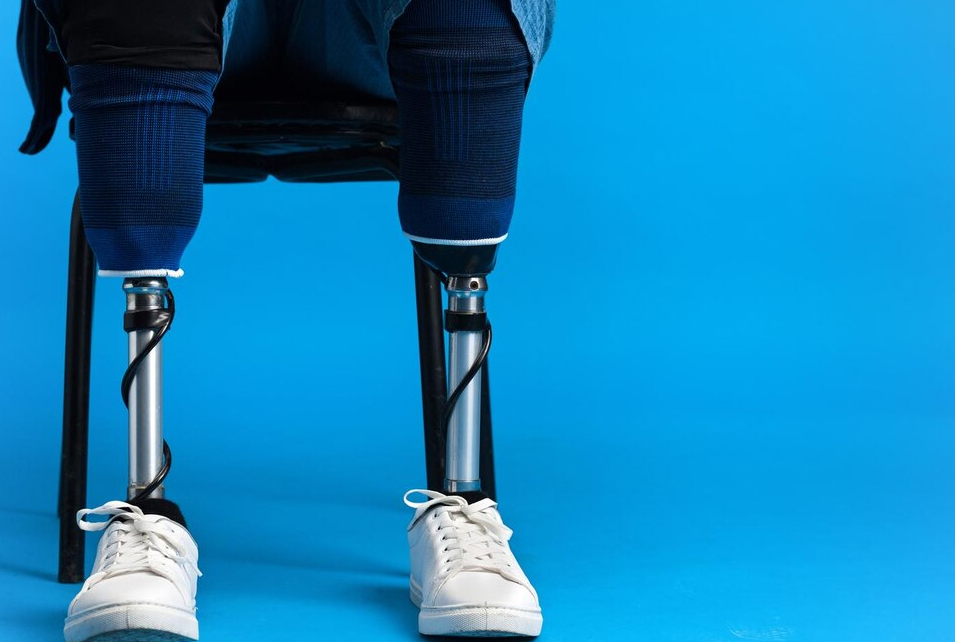
Personalized Pre-Planning: Just as every person has a unique face, bone shapes also vary. The surgical robot displays the patient’s joint bone in 3D images, allowing the doctor to personalize the surgery plan for the patient.
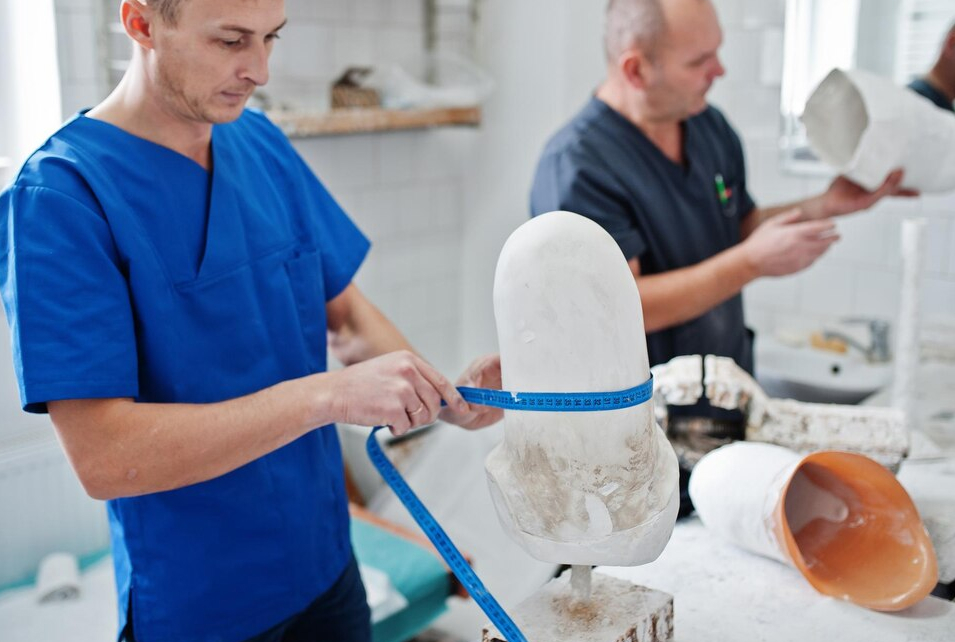
Precise Selection and Insertion of Artificial Joint: Equally vital as the surgical plan is the selection and accurate insertion of the personalized artificial joint, a task the doctor accomplishes with the assistance of the robot.
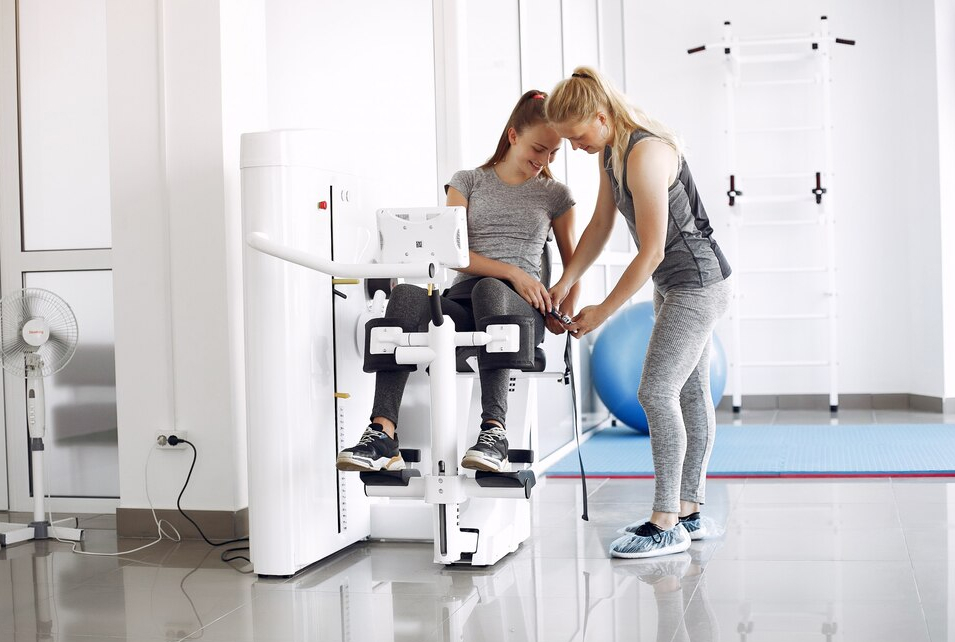
Sub-Millimeter Accuracy and Optimal Alignment: The robot analyzes the data and precisely cuts the bone according to the implant’s dimensions determined during pre-surgery planning. This precision ensures optimal surgical outcomes and accurate alignment of the patient’s leg.
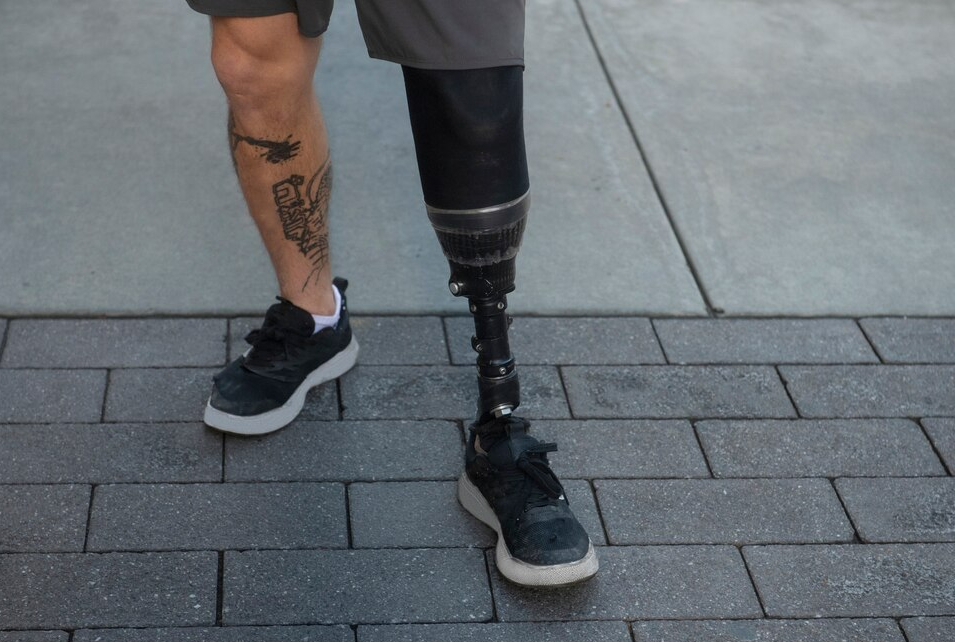
Reduction of Side Effects and Re-Operation: The Surgical Robot minimizes side effects such as limb length inequality, pulmonary embolism, and fractures. It also reduces the risk of infection due to the use of fewer instruments compared to conventional surgery.
How Does Robotic Knee Joint Replacement Surgery Benefit You?
Robotic knee replacement surgery offers a multitude of benefits, largely stemming from its meticulous pre-operative planning, real-time monitoring, and personalized intervention by Robotic Knee Replacement Surgeons.
The precision of Robotic Assisted Knee Joint Replacement surgery leads to:
- More accurate implant placement, resulting in a more natural feel post-surgery.
- Reduced risk of injury to adjacent tissues, enhancing safety and minimizing the risk of infection.
- Enhanced implant survivorship and longevity.
- Lower blood loss and smaller incisions, contributing to quicker recovery and reduced pain.
- Early rehabilitation, shorter hospital stays, and earlier discharge.
- The potential for improved long-term function.
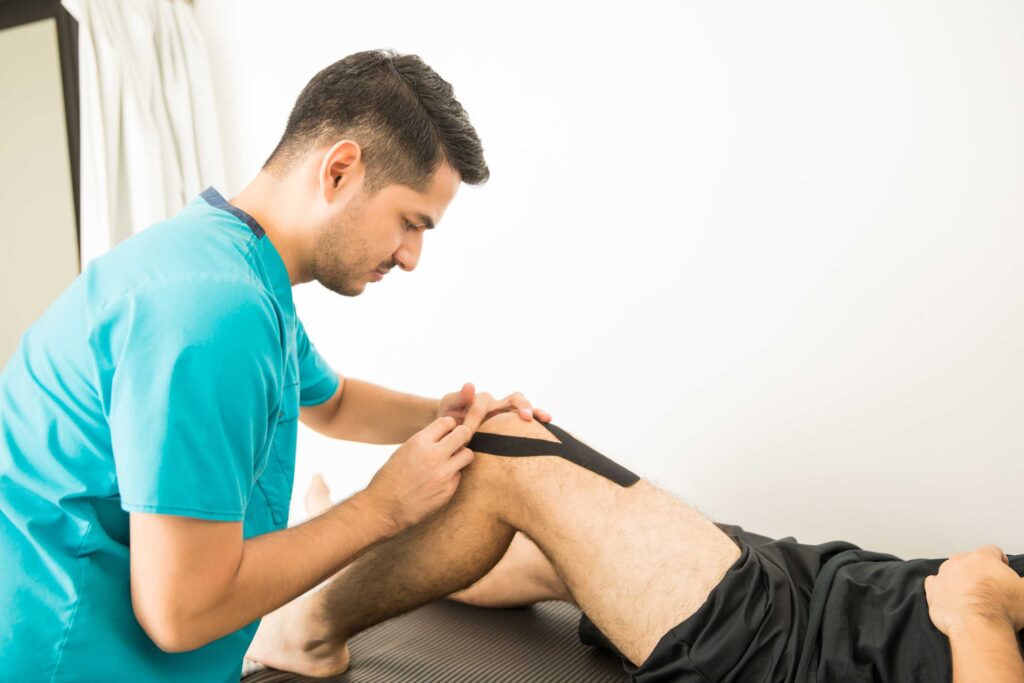
The Knee Joint Replacement Process
- Patient Consultation: Patients make informed decisions about robotic artificial joint surgery following consultations with their doctor.
- CT Scan: A CT scan of the knee joints is performed.
- Pre-Surgical Planning: The scanned CT images are transformed into a 3D model to diagnose the patient's condition and create a tailored surgical plan.
- Surgical Implementation: The patient is connected to the robot and prepared for surgery. The doctor verifies the alignment of the 3D image with the actual surgical site during the registration process. Following this, the robot uses the pre-surgery plan to execute precise bone cuts in terms of size, position, angle, and implant direction.
- Implant Placement: The chosen implant is inserted and securely fixed to conclude the surgery.
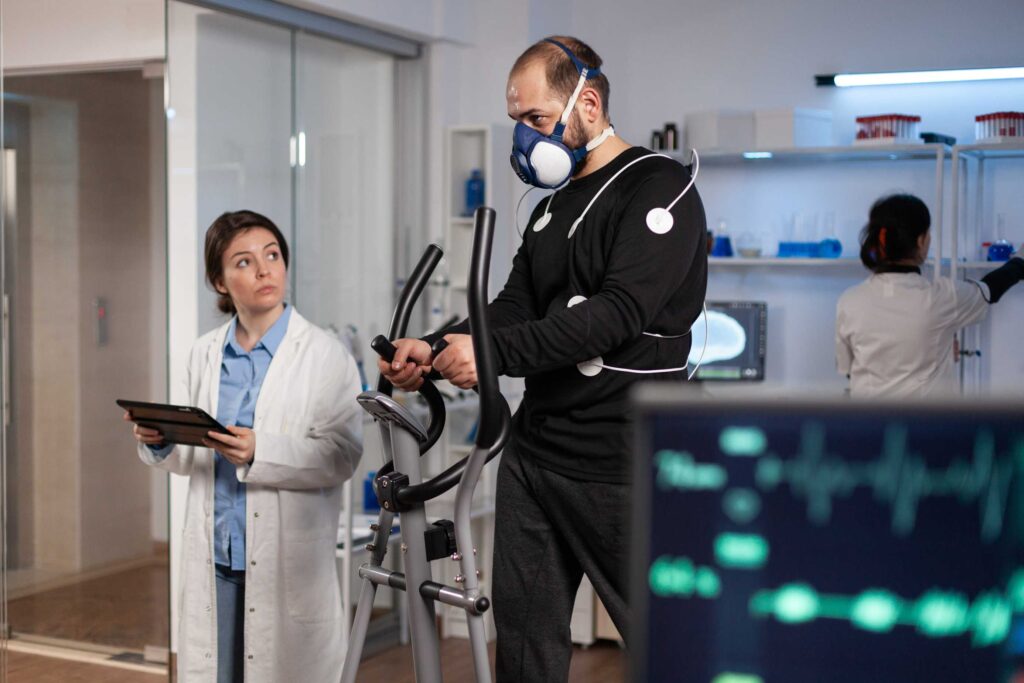
Advantages of Robotic Knee Joint Replacement Surgery
- Simplicity: Bone registration using a probe, improved workspace checks, fast and easy 3D bone model generation from CT image data, and a user-friendly UI design.
- Flexibility: Various cutting options, intra-operative gap checks, the ability to change plans, and balance gaps.
- Safety: Real-time system monitoring, emergency stop, force freeze, and manual guidance of the robot arm.
- Accuracy: Consistent, precise pre-surgical planning, sub-millimeter dimensional accuracy, and optimal alignment."


